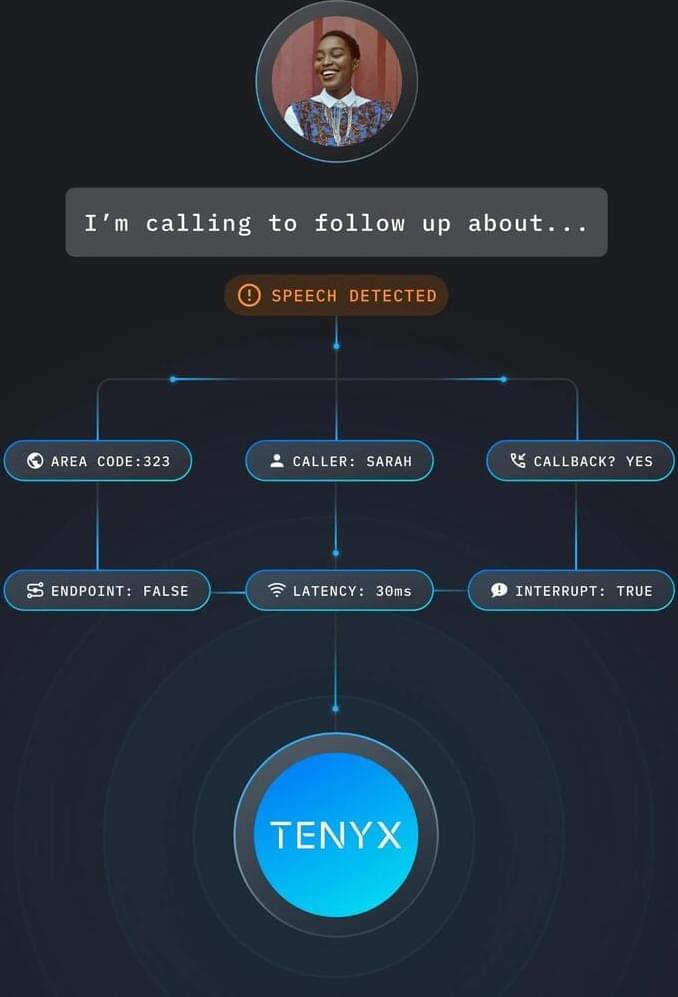Sky rocketing demands for generative artificial intelligence have accelerated demands for AI-centric data centers that can handle more advanced tasks.



When you’re trying to run and manage AI projects, there’s a lot that needs to be considered in terms of determining project budgets and cost. All technology projects have three major aspects of cost: software, hardware, and services. But when it comes to AI projects an additional aspect needs to come into play: data.
If you’re trying to generate a return on investment, you need to know what the investment part is. You have to know what the return is, too. But of the two things, you’re guaranteed to spend at least what the investment part is, if not more, but you’re not guaranteed anything about the return. People underestimate the complexity and cost of dealing with data. So, it’s crucial to think about how big your AI project is. Because when it comes to AI projects, size really does matter.

Without exception, we all hate the maddening menus and mind-numbing muzak we suffer through while waiting for an actual human being to answer a customer service line.
Hopefully, salvation is around the corner.
Tenyx, a trailblazer in voice AI systems, has unveiled a comprehensive conversational AI solution that is poised to redefine how enterprises interact with their customers.

In the shadows of the digital age, a quiet revolution unfolds, reshaping the landscape of work with every passing moment. Artificial intelligence (AI), once the fodder of science fiction and speculative thought, now infiltrates every facet of our professional lives, often in ways so subtle that its impact goes unnoticed until it’s too late. This silent shift sees AI not just complementing human efforts but outright replacing them, leaving a trail of obsolescence in its wake. Thus, let’s delve into the stark realities of AI’s encroachment on human jobs, exploring the future landscape of employment and the duality of its impact, through a lens that does not shy away from the grim nuances of this transition.
Across industries, AI’s efficiency, relentless work ethic, and precision have made it an irresistible choice for employers. From manufacturing lines where robotic arms assemble products with inhuman speed and accuracy, to sophisticated algorithms that manage stock portfolios, outperforming their human counterparts, the signs are clear. AI doesn’t just work alongside humans; it often works instead of them. The adoption of AI in tasks ranging from customer service bots handling inquiries with unsettling empathy, to AI-driven analytics predicting market trends with eerie accuracy, showcases a reality where human involvement becomes increasingly redundant.
As AI continues to evolve, the future of human employment navigates a precarious path. On one hand, new realms of jobs and careers will emerge, focusing on managing, enhancing, and leveraging AI technologies. On the other, the specter of widespread job displacement looms large, a testament to the inexorable march of progress that waits for no one.


UBTech teams up with Baidu to enhance Walker S humanoid robot with natural speech and real-time reasoning capabilities.


Tesla is bringing back its Full Self-Driving transfer program as an incentive to buy this quarter despite Elon Musk’s claim that it would be a “one-time offer.”
For years, Tesla owners who bought the up-to-$15,000 Full Self-Driving Capability package were asking for the capacity to transfer it when trading-in their vehicles for a new one.
The logic was sound: Tesla never delivered the self-driving capacity as promised. It only makes sense to allow owners to transfer the package to a new car for those who still believe that Tesla could eventually deliver through a software update.
LimX Dynamics’s bipedal robot, P1, can keep its footing, even when traversing rough terrain unlike any it’s seen before.